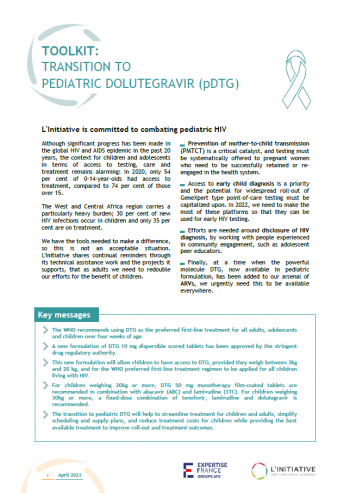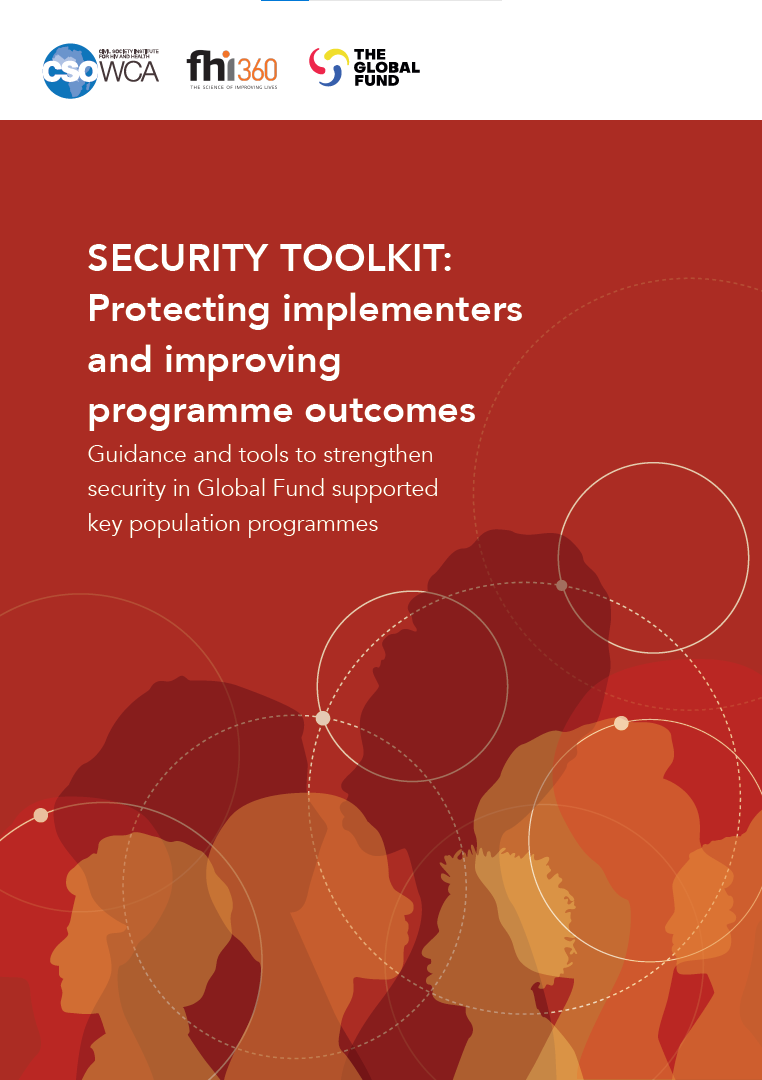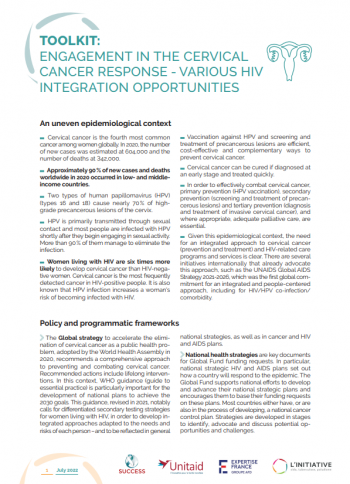
For a transition to pediatric Dolutegravir (pDTG)
Although significant progress has been made in the global HIV and AIDS epidemic in the past 20 years, the context for children and adolescents in terms of access to testing, care and treatment remains alarming: in 2020, only 54 per cent of 0-14-year-olds had access to treatment, compared to 74 per cent of those over 15.
The West and Central Africa region carries a particularly heavy burden; 30 per cent of new HIV infections occur in children and only 35 per cent are on treatment.
We have the tools needed to make a difference, so this is not an acceptable situation. L’Initiative shares continual reminders through its technical assistance work and the projects it supports, that as adults we need to redouble our efforts for the benefit of children.
- Prevention of mother-to-child transmission (PMTCT) is a critical catalyst, and testing must be systematically offered to pregnant women who need to be successfully retained or re-engaged in the health system.
- Access to early child diagnosis is a priority and the potential for widespread roll-out of GeneXpert type point-of-care testing must be capitalized upon. In 2022, we need to make the most of these platforms so that they can be used for early HIV testing.
- Efforts are needed around disclosure of HIV diagnosis, by working with people experienced in community engagement, such as adolescent peer educators.
- Finally, at a time when the powerful molecule DTG, now available in pediatric formulation, has been added to our arsenal of ARVs, we urgently
As part of L’Initiative’s contribution to the collective effort, it has put together a range of documents in a toolkit for program experts working on pediatric HIV, and on the transition to pDTG in particular.


